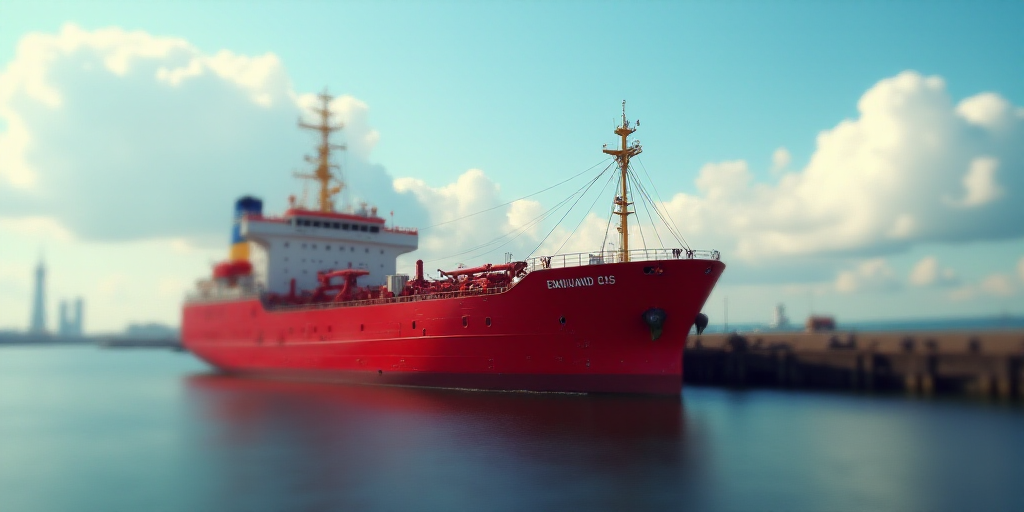Background on the Panama Canal and its Relevance
The Panama Canal, a vital waterway connecting the Atlantic and Pacific Oceans, has been a cornerstone of global trade since its inception. With over 1,350 annual ship transits, it has been instrumental in facilitating international commerce. The canal’s authority, known as the Administración de Canal de Panamá (ACP), continually seeks ways to expand its logistical and transportation services, ensuring its strategic role in global trade.
Gas Pipeline Project Details
During the X International Financial Summit, José Ramón Icaza, Minister for Canal Affairs, announced plans to construct a gas pipeline project. The initiative aims to capitalize on the growing global trade of Liquefied Petroleum Gas (LPG) and other hydrocarbons, thereby diversifying the Panama Canal’s logistical offerings and strengthening its position in the global energy trade.
Project Scope and Cost
The proposed gas pipeline project will transport LPG from the Gulf of Mexico to Northeast Asia, providing an alternative route compared to traditional waterborne transportation. The project may encompass a pipeline for propane, butane, and ethane, along with port terminals and storage tanks to support operations.
The estimated cost for the project ranges from $4,000 million to $8,000 million, contingent on the finalized business model. The bidding process is anticipated to commence either in 2026 or no later than 2027.
Market Projections and Demand
The Panama Canal currently handles approximately 1,350 annual ship transits carrying LPG. Market projections indicate that this number will rise by at least 2045, underscoring the growing demand for energy transportation services.
By undertaking this gas pipeline project, the Panama Canal Authority intends to address this increasing demand and solidify its standing in the global energy trade.
Collaboration and Partnerships
The ACP aims to collaborate with qualified technical and commercial entities for the development and eventual operation of the gas pipeline project. This partnership will ensure the successful execution of the initiative, leveraging expertise and resources from both public and private sectors.
Key Questions and Answers
- What is the purpose of the gas pipeline project? The primary objective is to capitalize on the growing global trade of Liquefied Petroleum Gas (LPG) and other hydrocarbons, diversifying the Panama Canal’s logistical offerings and strengthening its position in global energy trade.
- What will the gas pipeline transport? The proposed pipeline will transport LPG, including propane, butane, and ethane, from the Gulf of Mexico to Northeast Asia.
- What is the estimated cost of the project? The estimated cost for the gas pipeline project ranges from $4,000 million to $8,000 million, depending on the finalized business model.
- When will the project be bid out? The bidding process is expected to begin either in 2026 or no later than 2027.
- Why is the Panama Canal Authority pursuing this project? The ACP aims to address the growing demand for energy transportation services and solidify its standing in global energy trade.






